The Mostly Harmless USB disk¶

Details and rationale for the MH-USB: https://mostlyharmless.io/usb/
Screen-share of the MH-USB¶
Powered by Ventoy¶
The main component of the MH-USB disk is the Ventoy bootloader - derived from Grub2.
 Ventoy
Ventoy
- Website: https://ventoy.net
- Source code: https://github.com/ventoy/Ventoy
- Documentation: https://ventoy.net/en/doc_start.html
- License: GPLv3+ - https://ventoy.net/en/doc_license.html
Operating Systems¶
By default, the following operating systems are available for live boot or installation:
Alpine¶

About
Alpine Linux is a security-oriented, lightweight Linux distribution based on musl libc and busybox.
Alpine Linux is an independent, non-commercial, general purpose Linux distribution designed for power users who appreciate security, simplicity and resource efficiency.

- Website: https://www.alpinelinux.org/
- OS Image: https://dl-cdn.alpinelinux.org/alpine/v3.15/releases/x86_64/alpine-standard-3.15.0-x86_64.iso
- Path on USB:
/OS/alpine-standard-3.15.0-x86_64.iso - Type: Live + Installer
Debian GNU/Linux¶

About
Debian is a complete Free Operating System! Also known as Debian GNU/Linux, it is a GNU/Linux distribution composed of free and open-source software.

- Website: https://www.debian.org
- OS Image: https://cdimage.debian.org/debian-cd/current-live/amd64/iso-hybrid/debian-live-11.2.0-amd64-cinnamon.iso
- Path on USB:
/OS/debian-live-11.2.0-amd64-cinnamon.iso - Type: Live + Installer
Devuan GNU+Linux¶

About
Devuan GNU+Linux is a fork of Debian without systemd that allows users to reclaim control over their system by avoiding unnecessary entanglements and ensuring Init Freedom.
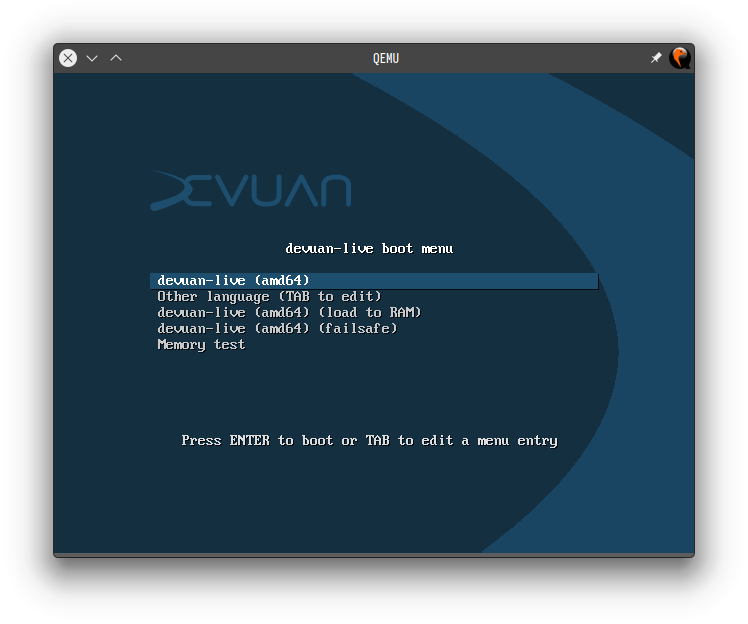
- Website: https://www.devuan.org
- OS Image: https://mirror.ungleich.ch/mirror/devuan/devuan_chimaera/desktop-live/devuan_chimaera_4.0.0_amd64_desktop-live.iso
- Path on USB:
/OS/devuan_chimaera_4.0.0_amd64_desktop-live.iso - Type: Live + Installer
Fedora¶
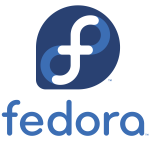
About
Fedora Workstation is a polished, easy to use operating system for laptop and desktop computers, with a complete set of tools for developers and makers of all kinds.

- Website: https://www.getfedora.org
- OS Image: https://download.fedoraproject.org/pub/fedora/linux/releases/35/Workstation/x86_64/iso/Fedora-Workstation-Live-x86_64-35-1.2.iso
- Path on USB:
/OS/Fedora-Workstation-Live-x86_64-35-1.2.iso - Type: Live + Installer
GNU Guix¶
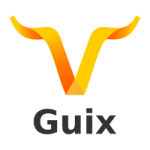
About
Guix is an advanced distribution of the GNU operating system developed by the GNU Project—which respects the freedom of computer users.
Guix supports transactional upgrades and roll-backs, unprivileged package management, and more. When used as a standalone distribution, Guix supports declarative system configuration for transparent and reproducible operating systems.

- Website: https://guix.gnu.org
- OS Image: https://ftp.gnu.org/gnu/guix/guix-system-install-1.3.0.x86_64-linux.iso
- Path on USB:
/OS/guix-system-install-1.3.0.x86_64-linux.iso - Type: Live + Installer
Haiku¶
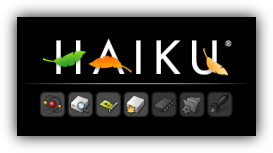
About
Haiku is an open-source operating system that specifically targets personal computing. Inspired by the BeOS, Haiku is fast, simple to use, easy to learn and yet very powerful.
Specifically targeting personal computing, Haiku is a fast, efficient, simple to use, easy to learn, and yet very powerful system for computer users of all levels.
Additionally, Haiku offers something over other open source platforms which is quite unique: The project consists of a single team writing everything from the kernel, drivers, userland services, tool kit, and graphics stack to the included desktop applications and preflets.

- Website: https://www.haiku-os.org/
- OS Image: https://cdn.haiku-os.org/haiku-release/r1beta3/haiku-r1beta3-x86_64-anyboot.iso
- Path on USB:
/OS/haiku-r1beta3-x86_64-anyboot.iso - Type: Live + Installer
LibreELEC¶

About
LibreELEC is a lightweight ‘Just enough OS’ Linux distribution purpose-built for Kodi on current and popular mediacentre hardware.
Kodi is a media center and entertainment hub that brings all your digital media together into a beautiful and user friendly package. It is 100% free and open source, very customisable and runs on a wide variety of devices. It is supported by a dedicated team of volunteers and a huge community.
- Website: https://libreelec.tv/
- OS Image: https://releases.libreelec.tv/LibreELEC-Generic.x86_64-10.0.1.img.gz
- Path on USB:
/OS/LibreELEC-Generic.x86_64-10.0.1.img - Type: Live + Installer
Manjaro¶

About
Manjaro is a user-friendly Linux distribution based on the independently developed Arch operating system. Within the Linux community, Arch itself is renowned for being an exceptionally fast, powerful, and lightweight distribution that provides access to the very latest cutting edge - and bleeding edge - software.
Developed in Austria, France, and Germany, Manjaro provides all the benefits of the Arch operating system combined with a focus on user-friendliness and accessibility. Manjaro follows Archlinux and officially only offers a 64 bit version. Manjaro is suitable for newcomers as well as experienced Linux users.
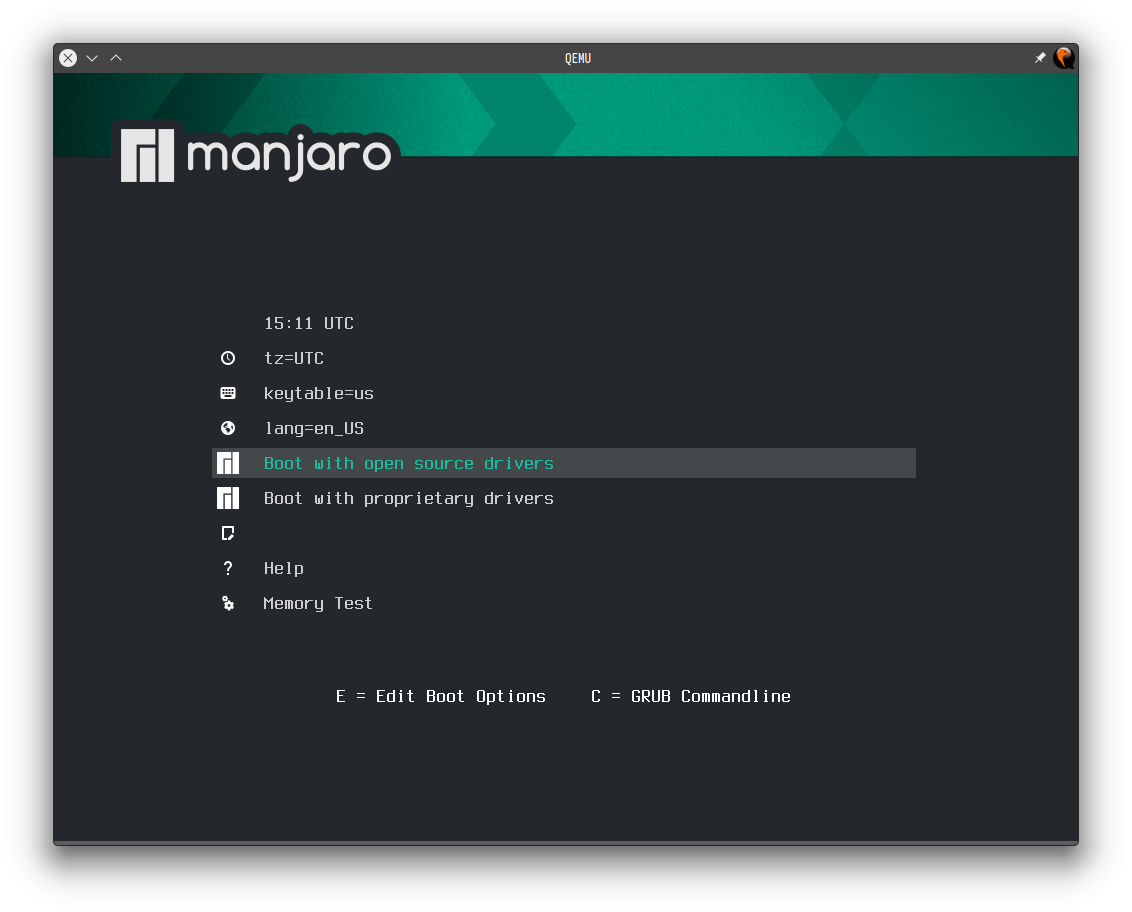
- Website: https://manjaro.org/
- OS Image: https://download.manjaro.org/kde/21.2.1/manjaro-kde-21.2.1-220103-linux515.iso
- Path on USB:
/OS/manjaro-kde-21.2.1-220103-linux515.iso - Type: Live + Installer
netboot.xyz¶

About
netboot.xyz lets you PXE boot various operating system installers or utilities from a single tool over the network. This lets you use one media for many types of operating systems or tools. The iPXE project is used to provide a user friendly menu from within the BIOS that lets you easily choose the operating system you want along with any specific types of versions or bootable flags.
You can remote attach the ISO to servers, set it up as a rescue option in Grub, or even set up your home network to boot to it by default so that it's always available.
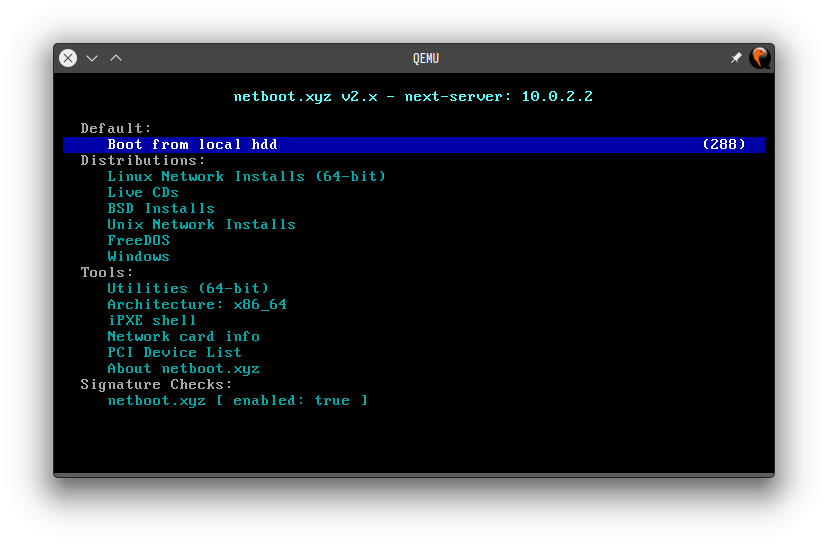
- Website: https://netboot.xyz
- OS Image: https://boot.netboot.xyz/ipxe/netboot.xyz.iso
- Path on USB:
/OS/netboot.xyz.iso - Type: Live + Installer
Open Media Vault¶

About
openmediavault is the next generation network attached storage (NAS) solution based on Debian Linux. It contains services like SSH, (S)FTP, SMB/CIFS, DAAP media server, RSync, BitTorrent client and many more. Thanks to the modular design of the framework it can be enhanced via plugins.
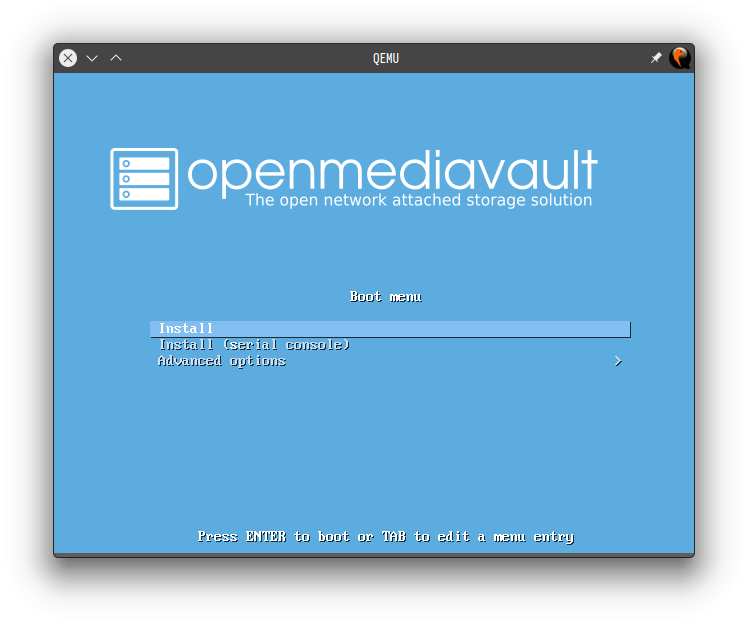
- Website: https://www.openmediavault.org/
- OS Image: https://sourceforge.net/projects/openmediavault/files/5.6.13/openmediavault_5.6.13-amd64.iso
- Path on USB:
/OS/openmediavault_5.6.13-amd64.iso - Type: Installer
OpenWRT¶
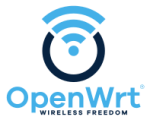
About
The OpenWrt Project is a Linux operating system targeting embedded devices. Instead of trying to create a single, static firmware, OpenWrt provides a fully writable filesystem with package management. This frees you from the application selection and configuration provided by the vendor and allows you to customize the device through the use of packages to suit any application.

- Website: https://openwrt.org/
- OS Image: https://downloads.openwrt.org/releases/21.02.0/targets/x86/64/openwrt-21.02.0-x86-64-generic-ext4-combined.img.gz
- Path on USB:
/OS/openwrt-21.02.0-x86-64-generic-ext4-combined.img - Type: Live + Installer
Proxmox VE¶

About
Proxmox VE is a complete, open-source server management platform for enterprise virtualization. It tightly integrates the KVM hypervisor and Linux Containers (LXC), software-defined storage and networking functionality, on a single platform. With the integrated web-based user interface you can manage VMs and containers, high availability for clusters, or the integrated disaster recovery tools with ease.

- Website: https://www.proxmox.com/en/proxmox-ve
- OS Image: https://www.proxmox.com/en/downloads/item/proxmox-ve-7-1-iso-installer
- Path on USB:
/OS/proxmox-ve_7.1-2.iso - Type: Installer
Qubes OS¶
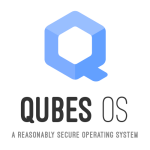
About
Qubes OS is a free and open-source, security-oriented operating system for single-user desktop computing. Qubes OS leverages Xen-based virtualization to allow for the creation and management of isolated compartments called qubes.

- Website: https://www.qubes-os.org/
- OS Image: https://mirrors.edge.kernel.org/qubes/iso/Qubes-R4.0.4-x86_64.iso
- Path on USB:
/OS/Qubes-R4.0.4-x86_64.iso - Type: Installer
RaspberryPi OS¶

About
Your Raspberry Pi needs an operating system to work. This is it. Raspberry Pi OS (previously called Raspbian) is the official supported operating system.
- Website: https://www.raspberrypi.com/
- OS Image: https://downloads.raspberrypi.org/raspios_lite_armhf/images/raspios_lite_armhf-2021-11-08/2021-10-30-raspios-bullseye-armhf-lite.zip
- Path on USB:
/RPi/2021-10-30-raspios-bullseye-armhf-lite.zip
System Rescue¶

About
SystemRescue (formerly known as SystemRescueCd) is a Linux system rescue toolkit available as a bootable medium for administrating or repairing your system and data after a crash. It aims to provide an easy way to carry out admin tasks on your computer, such as creating and editing the hard disk partitions. It comes with a lot of Linux system utilities such as GParted, fsarchiver, filesystem tools and basic tools (editors, midnight commander, network tools). It can be used for both Linux and windows computers, and on desktops as well as servers. This rescue system requires no installation as it can be booted from a CD/DVD drive or USB stick, but it can be installed on the hard disk if you wish. The kernel supports all important file systems (ext4, xfs, btrfs, vfat, ntfs), as well as network filesystems such as Samba and NFS.
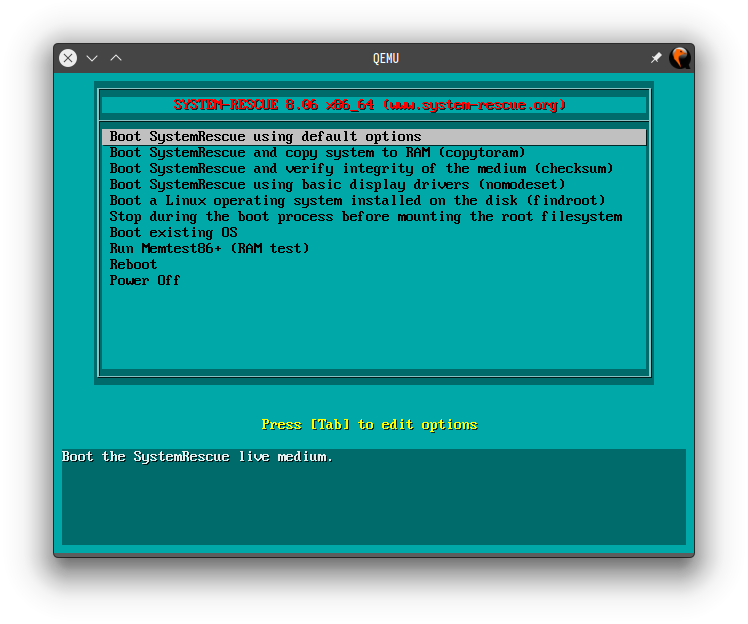
- Website: https://www.system-rescue.org/
- OS Image: https://sourceforge.net/projects/systemrescuecd/files/sysresccd-x86/9.00/systemrescue-9.00-amd64.iso/download
- Path on USB:
/OS/systemrescue-8.06-amd64.iso - Type: Live
Tails¶

About
Tails is a portable operating system that protects against surveillance and censorship.
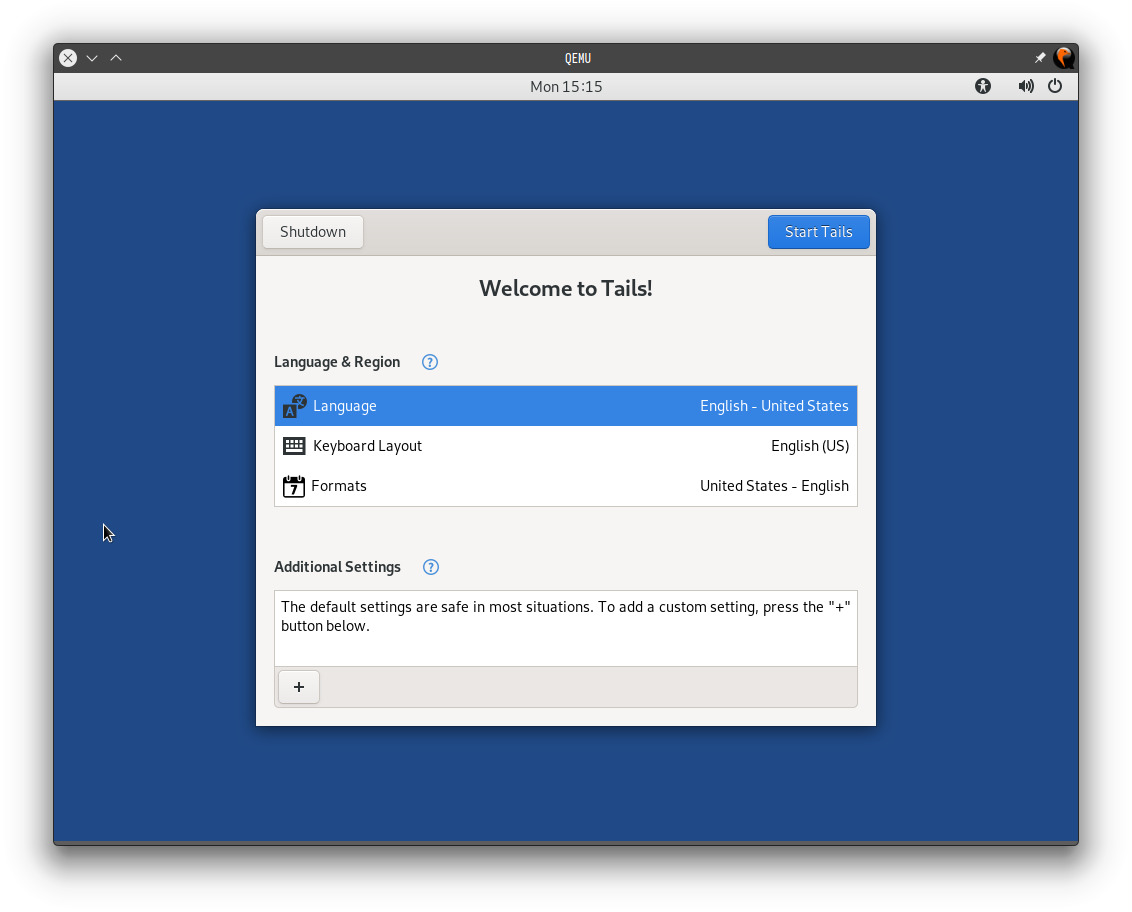
- Website: https://tails.boum.org/
- OS Image: https://mirrors.edge.kernel.org/tails/stable/tails-amd64-4.26/tails-amd64-4.26.img
- Path on USB:
/OS/tails-amd64-4.25.img - Type: Live + Installer
Trisquel GNU/Linux¶

About
Trisquel GNU/Linux is a fully free operating system for home users, small enterprises and educational centers.
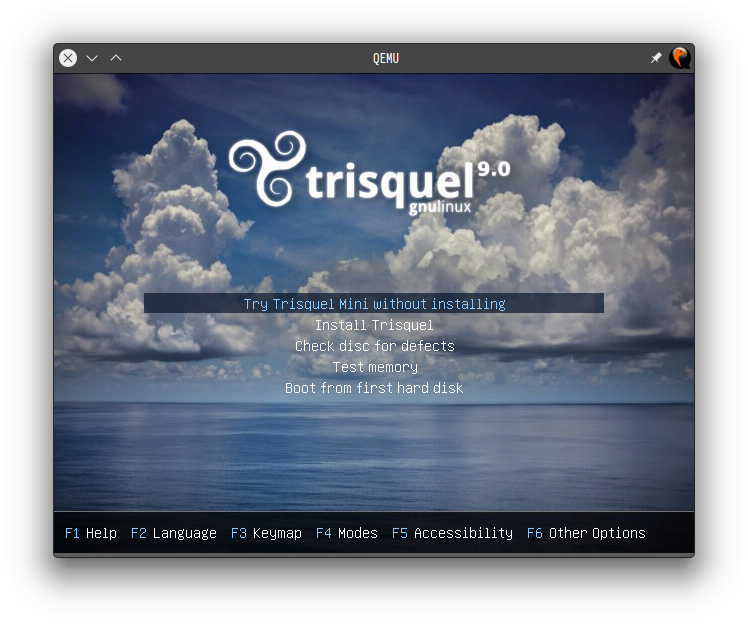
- Website: https://trisquel.info/
- OS Image: https://trisquel.info/en/download
- Path on USB:
/OS/trisquel-mini_9.0.1_amd64.iso - Type: Live + Installer
Ubuntu¶

About
Ubuntu comes with everything you need to run your organisation, school, home or enterprise. All the essential applications, like an office suite, browsers, email and media apps come pre-installed and thousands more games and applications are available in the Ubuntu Software Centre.

- Website: https://ubuntu.com/
- OS Image: https://releases.ubuntu.com/20.04.3/ubuntu-20.04.3-desktop-amd64.iso
- Path on USB:
/OS/ubuntu-20.04.3-desktop-amd64.iso - Type: Live + Installer
Tools & Programs¶
The Raspberry Pi Imager¶
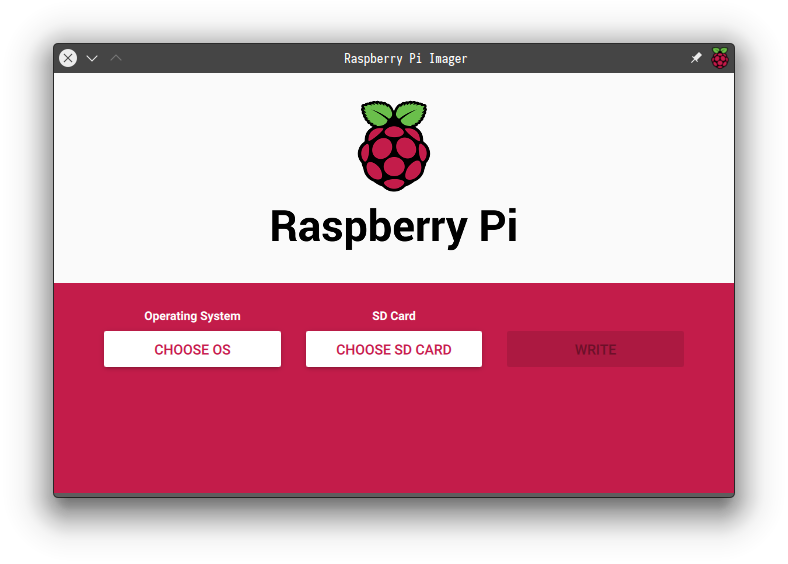
About
The Raspberry Pi Imager is the quick, safe and easy way to install an operating systems to a microSD card or USB disk.
- Website: https://www.raspberrypi.com/software/
- Image: http://downloads.raspberrypi.org/imager/imager_amd64.AppImage
- Path on USB:
/Tools/imager_amd64.AppImage
Ungoogled Chromium¶
About
ungoogled-chromium is Google Chromium, sans dependency on Google web services. It also features some tweaks to enhance privacy, control, and transparency (almost all of which require manual activation or enabling).
ungoogled-chromium retains the default Chromium experience as closely as possible. Unlike other Chromium forks that have their own visions of a web browser, ungoogled-chromium is essentially a drop-in replacement for Chromium.
ungoogled-chromium addresses these issues in the following ways:
- Remove all remaining background requests to any web services while building and running the browser
- Remove all code specific to Google web services
- Remove all uses of pre-made binaries from the source code, and replace them with user-provided alternatives when possible.
- Disable features that inhibit control and transparency, and add or modify features that promote them (these changes will almost always require manual activation or enabling).

- Website: https://ungoogled-software.github.io/
- Image: https://ungoogled-software.github.io/ungoogled-chromium-binaries/
- Path on USB:
/Tools/ungoogled-chromium_91.0.4472.164-1.1.AppImage